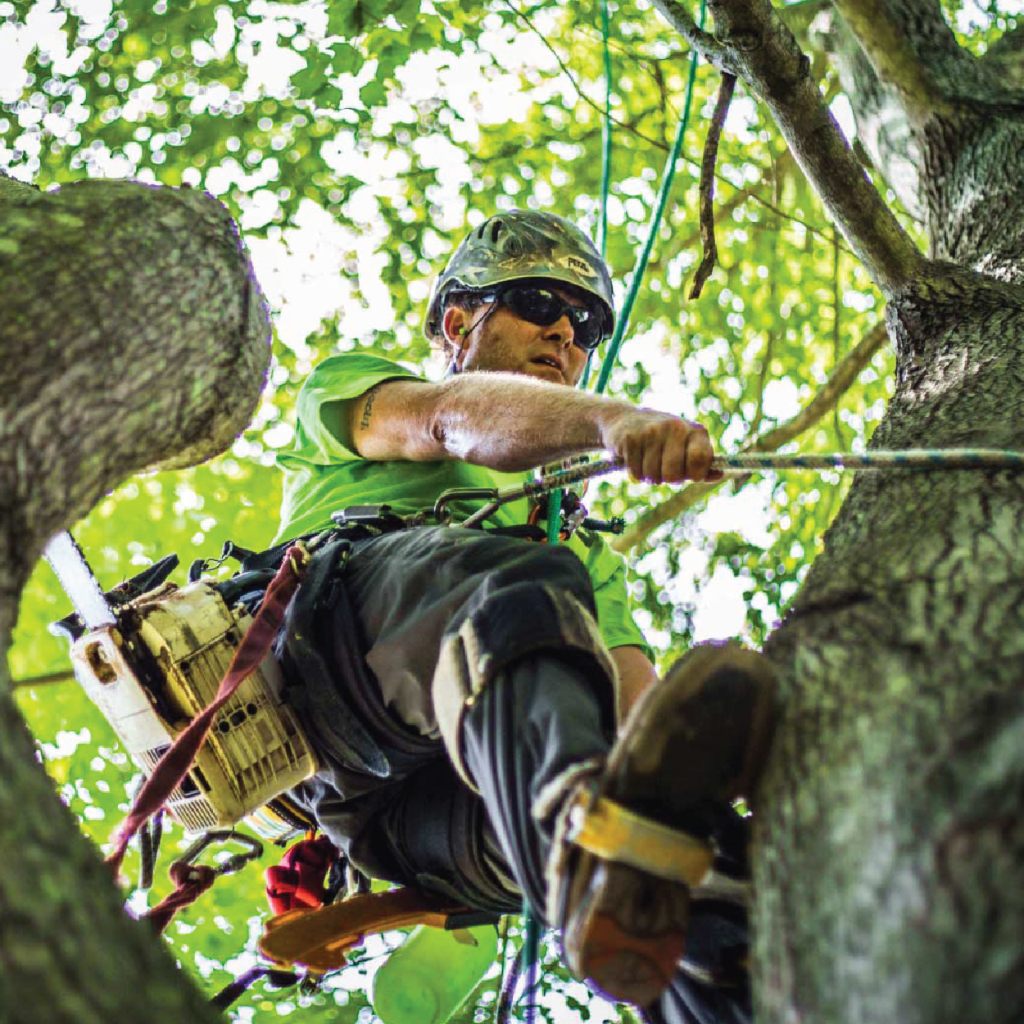When it comes to adding character to our landscapes, trees stand tall as nature’s sculptures. Yet, sometimes, a green, velvety intruder called moss takes residence on their bark. While moss has its charm, too much of it can hinder a tree’s health and aesthetic appeal. In this blog, we’ll explore the art of how to remove moss from trees, the preventive measures to keep it at bay, and weigh the pros and cons.
How To Remove Moss From Tees?
Moss growth, if left unchecked, can lead to several issues, including:
- Reduced Bark Respiration: Moss can create a barrier that restricts the tree’s ability to “breathe” through its bark.
- Potential Disease: The damp conditions beneath moss can encourage fungal diseases that harm the tree.
- Aesthetic Concerns: While moss can add a touch of woodland charm, excessive growth can make trees appear unsightly.
Moss Removal Methods:
1. Manual Removal:
- Tools Needed: Soft-bristle brush or sponge, gloves, and a ladder if needed.
- Method: Gently scrub the moss off the tree trunk or branches with a brush or sponge. Be cautious not to damage the tree’s bark.
2. Pressure Washing:
- Tools Needed: Pressure washer with a low-pressure setting.
- Method: Use a pressure washer to dislodge moss from the tree. Keep the pressure low to avoid harming the bark.
3. Chemical Treatments:
- Products: Moss-killing products, such as copper-based solutions.
- Method: Apply the moss-killing solution following the product’s instructions. This method is effective but should be used with care to avoid harming the tree.
The Art of Delicate Moss Removal
If moss has already taken hold of your tree, you can manually remove it without causing harm. Here’s a step-by-step guide:
1. Gather Your Tools:
- Soft-bristle brush or sponge
- Gloves
- A ladder or extendable pole (if the moss is on higher branches)
2. Choose a Dry Day:
- Moss is easier to remove when it’s dry. Wait for a sunny day or use a leaf blower to dry the moss.
3. Start Brushing:
- Gently scrub the moss from the tree trunk or branches using the soft-bristle brush or sponge. Begin from the bottom and work your way up.
4. Be Patient:
- Moss removal can be a gradual process. Don’t rush it, and avoid aggressive scraping that could damage the tree’s bark.
5. Collect the Debris:
- As you remove the moss, it will fall to the ground. Collect and dispose of the moss debris to prevent it from reattaching to the tree.
6. Rinse and Repeat:
After removing the moss, rinse the tree with water to wash away any remaining spores or fragments.
How can I prevent moss from growing on my trees in the first place?
To prevent moss growth, improve sunlight and airflow around the tree by pruning surrounding vegetation. Ensure proper soil drainage, trim overhanging branches that create shade, and reduce overhead irrigation.
1. Pruning and Trimming
Trim branches and foliage that create excessive shade, especially around the trunk and lower branches. Pruning helps improve air circulation and reduces moisture retention, making it less favorable for moss to take hold.
2. Proper Soil Drainage
To prevent waterlogged soil around your trees, consider adding organic matter to improve drainage.
3. Monitor Irrigation
Water Wisely
Avoid overhead irrigation that saturates tree bark and creates an ideal environment for moss.
Pros of Moss Removal:
1. Enhanced Aesthetics:
- Moss removal can restore the tree’s natural beauty, making it more visually appealing.
2. Improved Health:
- Reducing moss can help the tree’s bark breathe and reduce the risk of fungal diseases.
3. Preservation:
- Moss removal can extend the tree’s life by promoting better overall health.
Cons of Moss Removal:
1. Temporary Solution:
- Moss may return if the underlying environmental conditions remain favorable.
2. Potential Damage:
- Improper moss removal methods can harm the tree’s bark, leaving it vulnerable to pests and diseases.
3. Environmental Impact:
- Some chemical treatments can have adverse effects on the environment and other plants.
4. Prune Overhanging Foliage
Trim the Canopy
Regularly trim overhanging branches and foliage to reduce shade and increase air circulation.
Related Posts:
Preventive Measures:
1. Improve Sunlight and Airflow:
- Prune the surrounding vegetation to allow more sunlight and air circulation around the tree.
2. Maintain Soil Drainage:
- Ensure proper soil drainage to reduce excess moisture, which moss thrives on.
3. Trim Overhanging Branches:
- Trim branches that create too much shade on the tree, allowing more sunlight to reach it.
4. Reduce Overhead Irrigation:
- Avoid overhead watering, as it can create a conducive environment for moss growth.
Conclusion
In conclusion, by employing gentle manual removal methods and preventive measures, you can effectively eliminate moss from trees, ensuring their vitality and aesthetic appeal. This proactive approach not only safeguards the tree’s health but also contributes to the overall beauty of your landscape.



